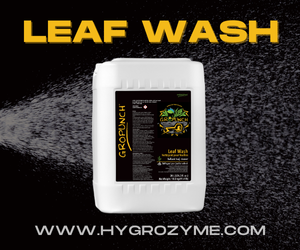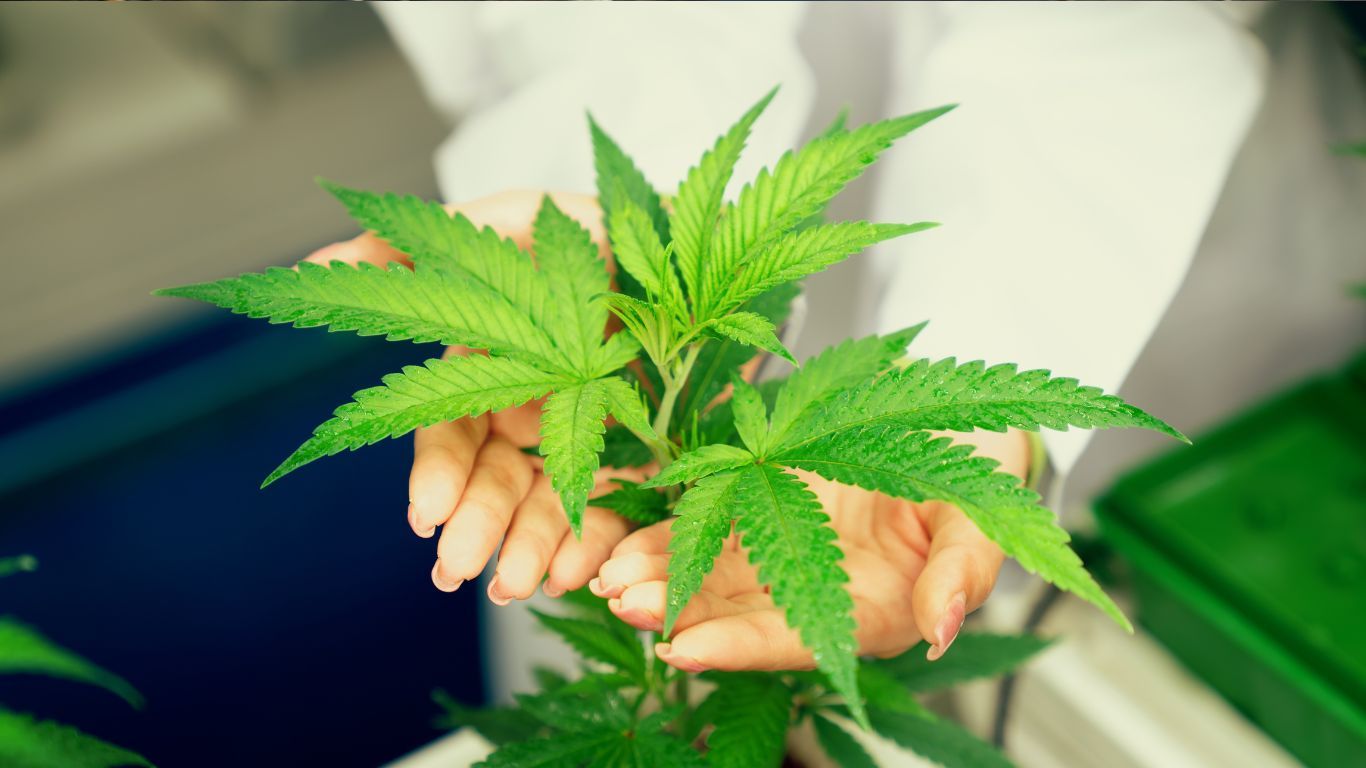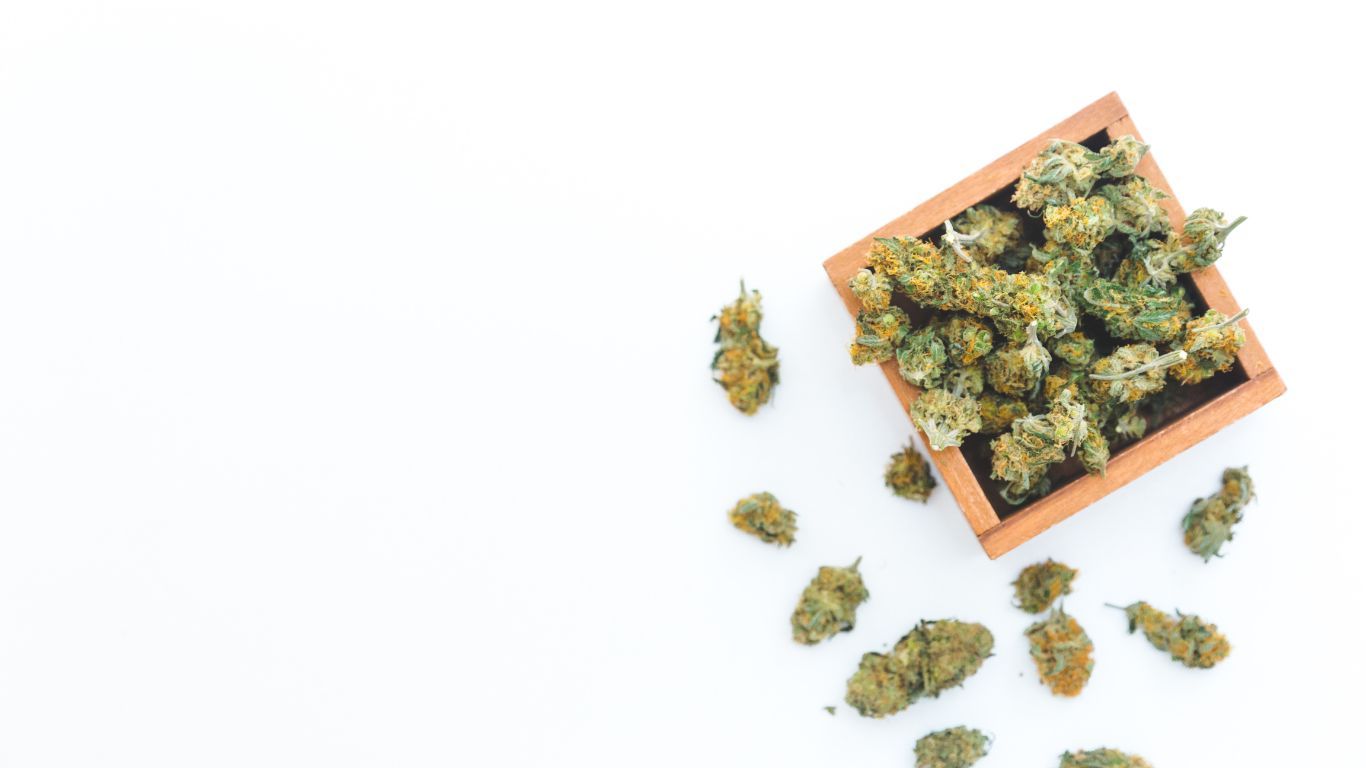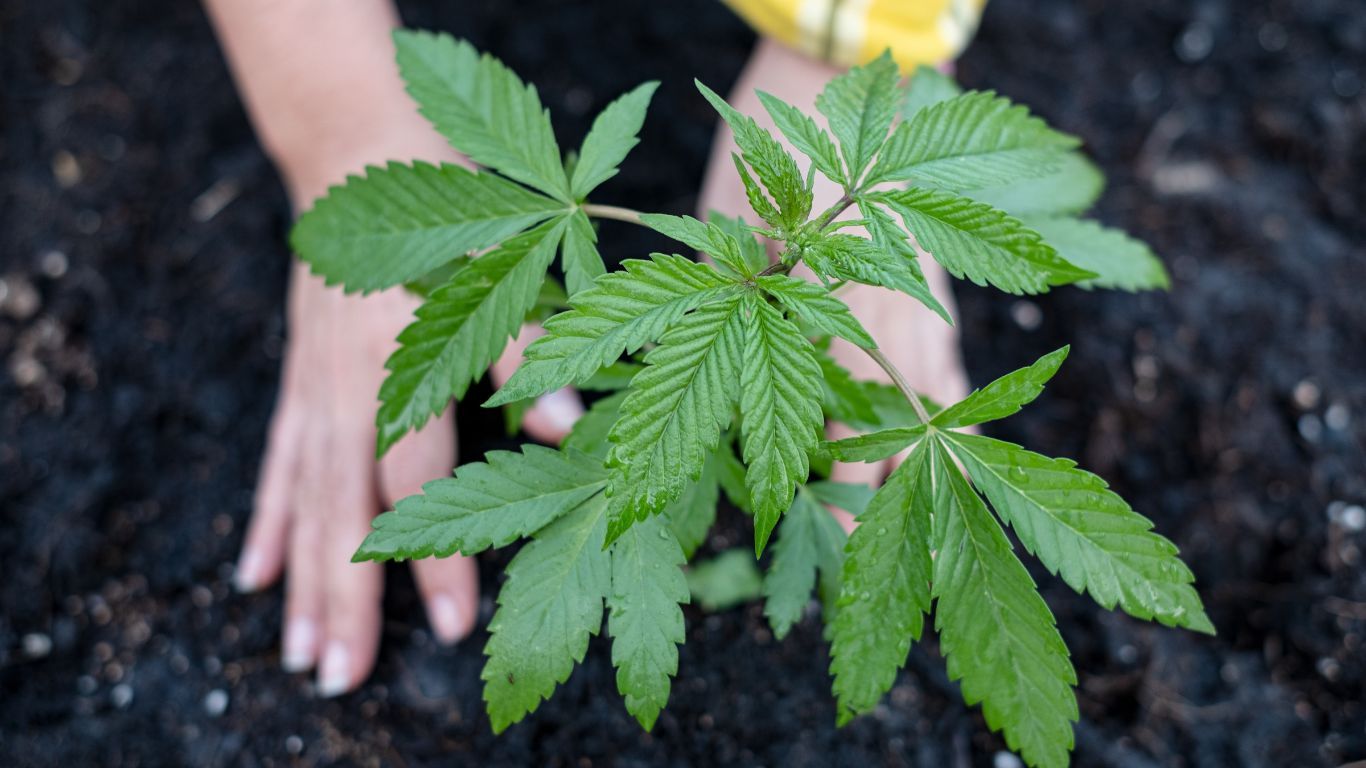
A recently released study from Australia looked into the cultivation, consumption, and analytical profiling of home-grown cannabis following decriminalization in the Australian Capital Territory (ACT).
The survey found that the decriminalization of cannabis cultivation and possession in the ACT supported the needs of the community with very few unintended consequences, while also lowering negative interactions with law enforcement.
Respondents had various reasons for cultivating, including the belief that it was safer than purchasing from the illicit market and the enjoyment of the process.
The survey found that those growing cannabis at home in the ACT typically consumed about a gram a day (median) from a total of about four plants a year (median). Analysis of home-grown cannabis found most samples did not exceed contaminant guidelines for heavy metals or pesticides, with a mean THC total concentration of about 9%.
Most samples had fairly low levels of CBD, while minor phytocannabinoids like CBG, CBN, and CBC were present in “low to negligible” concentrations.
Although the state government of the Australian Capital Territory (ACT) decriminalized small-scale cannabis possession and cultivation in January 2020, many of the survey respondents said they were still concerned with some of the grey areas in the law, such as how to legally acquire starting material like clones or seeds, or even potential arrest under federal Australian law.
Survey make-up
A total of 311 eligible respondents participated in the survey, out of 516 initial responses. The median age of respondents was 42, with most (69%) identified as male. Almost all of those self-identified as cultivators said they had used cannabis in their lifetime (98%), while 91% were currently using cannabis.
Nearly half of these growers (42%) said they were growing for both medical and non-medical reasons, while 13% said they were medical-use only and 36% said non-medical-use only.
Drilling down, 70% of respondents also said they were growing in order to provide themselves with cannabis for non-medical reasons. Nearly as many (65%) said they also grew cannabis because they enjoyed the process, while 61% said they did so to provide themselves with cannabis for medical purposes. Almost half (48%) said they were growing it themselves to avoid dealing with illegal suppliers and 37% said growing it themselves was less risky than buying it.
The University of Sydney (Camperdown, NSW) administered the cross-sectional study between September 2022 and August 2023. Home growers were also given an opportunity to provide samples of their cannabis to test for cannabinoid levels as well as any potential contaminants like microbials, pesticides, and heavy metals.
Microbials, pesticides, and heavy metals
A total of 71 cannabis samples were analyzed for phytocannabinoid content, with most results falling around 5-12% total THC (THC and THCa). There were also 71 samples of cannabis were analyzed for heavy metals, 62 for mycotoxins, and 55 for pesticides.
The majority of these (92%) fell under the contaminant thresholds for heavy metals, mycotoxins and pesticides (benchmarked against Australian TGO93 standards).
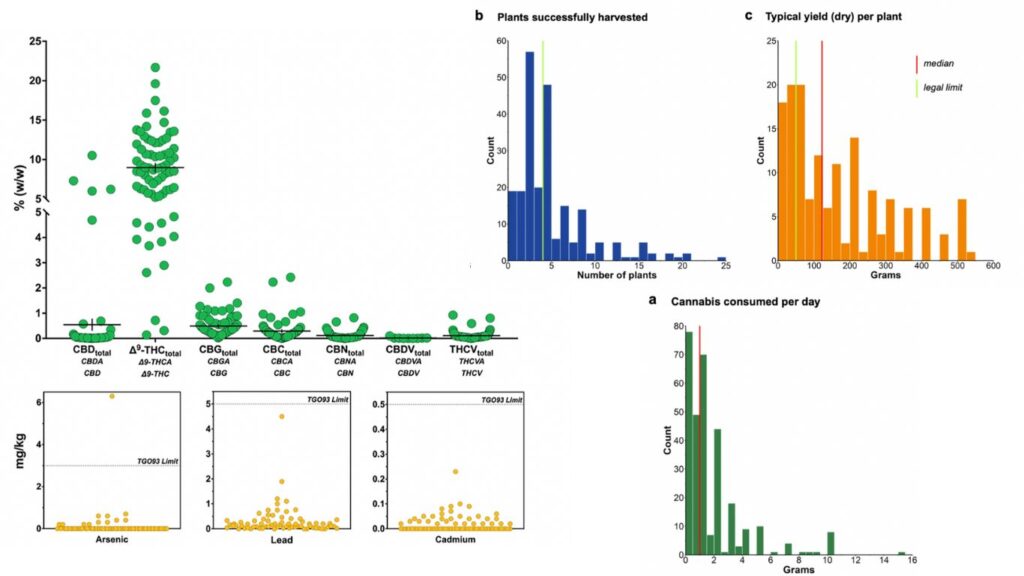
Only five of the 55 samples showed pesticide levels above the TGO93 limits. Four were above the limit for fluvalinate—a chemical used to control mites in honey bee colonies—and one sample exceeded the limit for methamidophos—an organophosphate insecticide.
Another single sample was above New Zealand’s limit for bifenthrin—an insecticide in the pyrethroid family—but this no longer appears on the Australian TGO93 list.
Most submitted cannabis samples (64) contained trace levels of lead, and just under half contained very low levels of cadmium. Thirteen samples contained detectable levels of arsenic, with one sample at more than twice the allowable limit. Mercury was detected in six samples, but none were above the TGO93 limit.
Meanwhile, none of the submitted samples contained any of the mycotoxins tested: aflatoxin BI, B2, G1, G2 or ochratoxin A.
Grey areas in ACT’s rules
In addition to anxiety around sourcing legal starting materials and possible conflict with federal Australian law, respondents also told the researchers that the 50-gram possession limit (150 grams fresh) meant that even with only four legal plants, growers may be harvesting more than they are allowed to possess. This kind of anxiety was even higher for those in vulnerable communities who felt they could be more subject to legal scrutiny.
Potentially due to these limits, 59% of cultivators in the survey said they illegally share their cannabis, while 76% convert plant matter into other forms.
While the study found few negative downsides to the ACT’s cannabis rules, it does suggest that the program could be refined to better serve its intended purposes. Namely, it suggests removing some restrictions on cultivation, such as providing access to starting materials, as well as more guidance on proper cultivation techniques.












